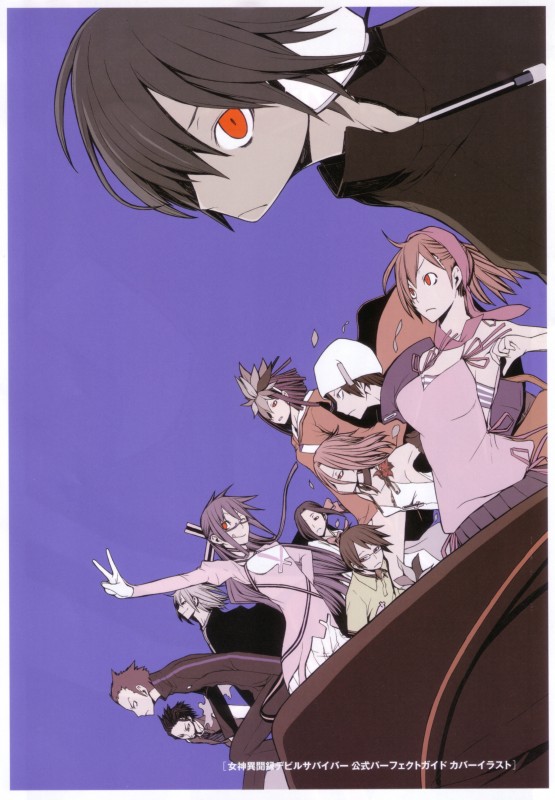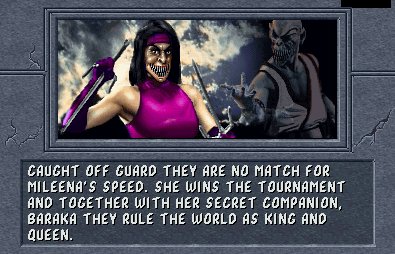
Sleepy Hollow, Assassin’s Creed, The New Heroism, & Them Old Pastimes
November 27th, 2013 Posted by david brothersI’m a few episodes into Sleepy Hollow, starring Nicole Beharie as Lt. Abbie Mills and Tom Mison as Ichabod Crane, who has rip van winkled his way to the modern day after being nearly killed around the time of the Revolutionary War. I like it. It’s cast from the same mold as Elementary with Lucy Liu and Jonny Lee Miller, that kind of cute antagonistic buddy cop wave. (Almost Human is on that, too.) It reminds me of a Kamen Rider show in a lot of ways (stakes, approach to conflict, lighting, plot, more), only instead of a bug-dude riding a motorcycle you have a time-lost British guy.
I’m also a few hours into Assassin’s Creed IV Black Flag, which is much less good than Sleepy Hollow, but a comfortably familiar sandbox murder simulator in a setting I’ve rarely paid any attention to. The fun isn’t where it needs to be, but the new is on-point enough that I keep messing with it.
Both works have a character type I only recently realized is fairly common. Ichabod Crane, upon meeting a black woman in 2013, excitedly asks her if she’s been emancipated and gets offended when he feels that she insinuates he supports slavery. “I’ll have you know I was a proponent of the Abolitionist Act before the New York Assembly,” he says. “Congratulations,” Abbie replies. “Slavery has been abolished 150 years. It’s a whole new day in America.”
Edward Kenway, rakish pirate captain and lead character of Black Flag, is similarly progressive. He frees slaves at will, forces his men to work alongside them despite their prejudices, and is generally a good and honorable guy, despite the theft and murdering.
This is a type of character I’ve seen elsewhere, too. They are generally men who have been removed from their time and placed in ours, though the character type appears in period pieces, too. Despite the time they come from, when horrific misogyny and racism were perfectly fine and accepted pastimes for men to indulge in at their leisure, they are staunch abolitionists or totally okay with giving women the vote or drinking from the same fountain as a…you know. One of those.
Captain America’s a great example of this, I think. I don’t mind it when it comes to him, since my favorite aspect of that character is how he represents everything America often isn’t, and that kind of dissonance makes the character a lot of fun for me. It’s elsewhere, too—Batman’s ancestors helped smuggle slaves to freedom, which is more than a little ridiculous. Even Jonah Hex, veteran of the Confederacy that betrayed their country because they thought chattel slavery was totally cool, has been updated to “hate everyone equally.”
Everybody’s a Schindler, nobody’s a Nazi.
I’ve been thinking about this pretty much ever since I saw Mison-as-Crane get offended that someone thought he’d be okay with slavery. Abolitionists existed, of course. Good, kind, loving people existed who rejected the mores of their time. But at this point, I feel like every guy we see from Not-Now comes off exactly like your average open, accepting, 2013-model White Guy. Sleepy Hollow likes to use Crane to complain about taxes, Starbucks, and bottled water. Kenway’s bootstraps-y “I’ll have any man, if he’s able and willing” philosophy feels like it doesn’t take into account the prevailing attitudes of the time at all. The average is off, tilted in favor of the suspiciously progressive and accepting hero instead of reality.
The characters in our stories, the sassy black women, inexplicably pan-Asian ninja, the gay BFF, nerdy hacker, sad white guy who just needs the love of a good woman, whatever whatever, are stories unto themselves. Whether directly or indirectly, these characters tell us things about ourself and how we view the world we live in. They don’t evolve out of nothing. They represent something.
I think the prevalence of this character type largely comes down to the shifting definition of what we consider a hero. In the past, this kind of anachronistic hero character wasn’t really necessary. I once picked up a James Bond novel by Ian Fleming that was casually and hatefully racist within the first paragraph. World War II was full of government-supported hateful art and propaganda. I have a joke book from the ’50s a friend gave me, and a few books of period pin-up art, and half the punchlines are “haha, women sure are whores, stupid, or both!” It was the times! You can find all types of racial stereotype sidekicks from back in the day, but that number is markedly lower now. Racial and sexual harassment aren’t dead, but we aren’t supposed to enjoy it any more, or as much as we used to, so it’s relegated to the villains, the bad guys, not our heroes.
Lois Lane can never have that moment where she clutches her purse on an elevator because a black dude got on. Being a bigot isn’t in the cool guy repertoire any more. We’re past that, even though there are plenty of good, moral people who are also secretly afraid of black people or occasionally slip and say something untoward about Asian people. Sometimes it’s unconscious, sometimes it’s learned behavior, and sometimes it’s just a slip, but we view good and bad as a binary, not a spectrum, so just one drop of bad taints you. As a result, we avoid and eschew it.
Funnily enough, this extends to the stories we tell about real people, too. The prevailing narrative around the Founding Fathers is that they were saints looking out for truth, justice, and the soon-to-be American Way. In reality, Thomas Jefferson had sex with his slaves and Benjamin Franklin, upon being asked for sex advice from a young friend, told that friend to go after older women and provided a list of eight reasons why, ending on “They are so grateful!”
So you get Edward Kenways and Ichabod Cranes, men who came from a time when you could rape and murder people at your leisure, as long as they were inferior to you, being colored or of the fairer sex, but instead choose to be accepting and cool about everything. No awkward slip-ups, no uncomfortable conversations about why you can’t say things, just a lot of truth and justice. It doesn’t feel very true to me, exactly, it doesn’t feel very real, but I do know that if it were more real, I’d hate the characters for being human garbage.
The struggle continues.










